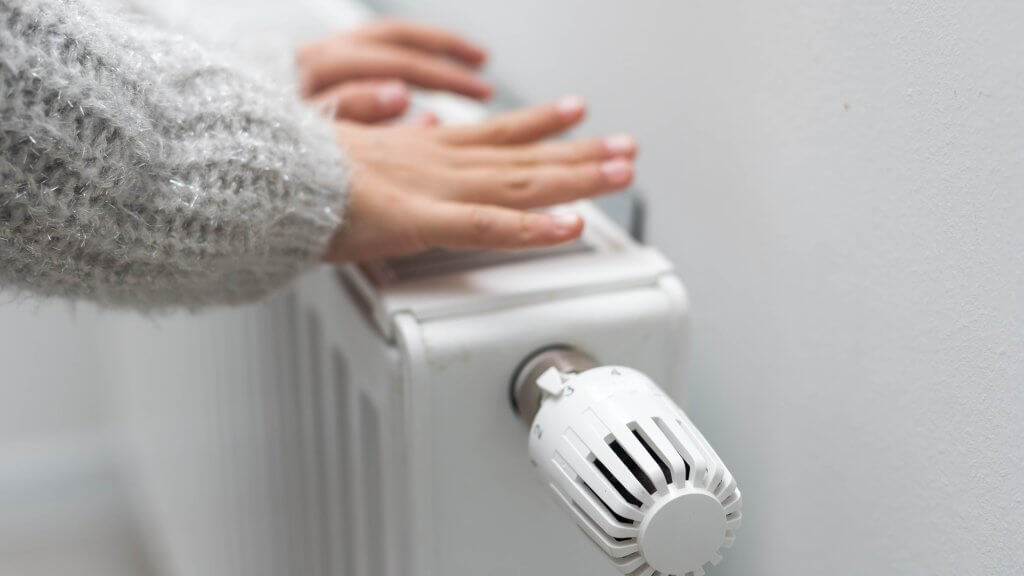
There are several challenges you may face when working on older properties in the UK, such as poor insulation and outdated heating systems.
This can make properties inefficient in terms of energy usage, leading to high heating bills and increased levels of pollution.
Here, we explore several simple solutions that can help you improve heat distribution in your customers’ homes.
Upgrade radiator systems
Firstly, evaluate their current heating system and the radiators they have installed. Are the radiators too small or poorly placed? This could be causing issues with heat distribution and energy efficiency.
Speak to the homeowner about installing appropriately sized modern radiators in the right locations throughout the property.
To find the best options for their needs, you’ll need to assess the size of their rooms, their windows and the required heat output.
For example, double-panel radiators may be best for large open spaces, while vertical designs are ideal for space-saving in small rooms.
Choosing the most appropriate radiators can significantly enhance the warmth of the home and improve energy efficiency.
Enhance insulation
High-quality insulation is important in older buildings to prevent heat loss and moisture condensation.
The Energy Saving Trust provides useful information on installing insulation and draught-proofing that can “significantly reduce heat loss” while lowering bills.
This includes advice on several types of insulation, including cavity wall, solid wall, floor and roof/loft, which you can discuss with your customers.
You could also offer draught-proofing solutions for unwanted gaps around windows, doors, loft hatches, chimneys and so on.
Implement zonal heating controls
Consider installing zonal controls that allow residents to tailor their heating requirements to different areas.
For instance, a customer may want to have their heating on more frequently in areas that are used regularly, like the living room or kitchen. Other areas that are used less, such as spare bedrooms, may require less heating.
Smart thermostats and programmable valves can be used to set different temperatures in different areas of the home, which can be adjusted throughout the year in line with the weather.
Integrate modern technology
Another effective solution is to integrate modern heating solutions like heat pumps.
The Electrification of Heat demonstration project found that “there was a greater challenge in designing heat pump systems for older homes”.
However, “163 were successfully installed in these older pre-1945 properties, showing that these challenges can be overcome”.
You will need to assess whether their heating system is compatible with modern technologies and if structural adjustments will be necessary.
There are many ways to improve heat distribution in older properties, providing greater comfort for residents, better energy efficiency and lower heating costs.
Finding the right solutions for your customers will depend on many factors, including their budget, heating needs and the property’s overall condition.